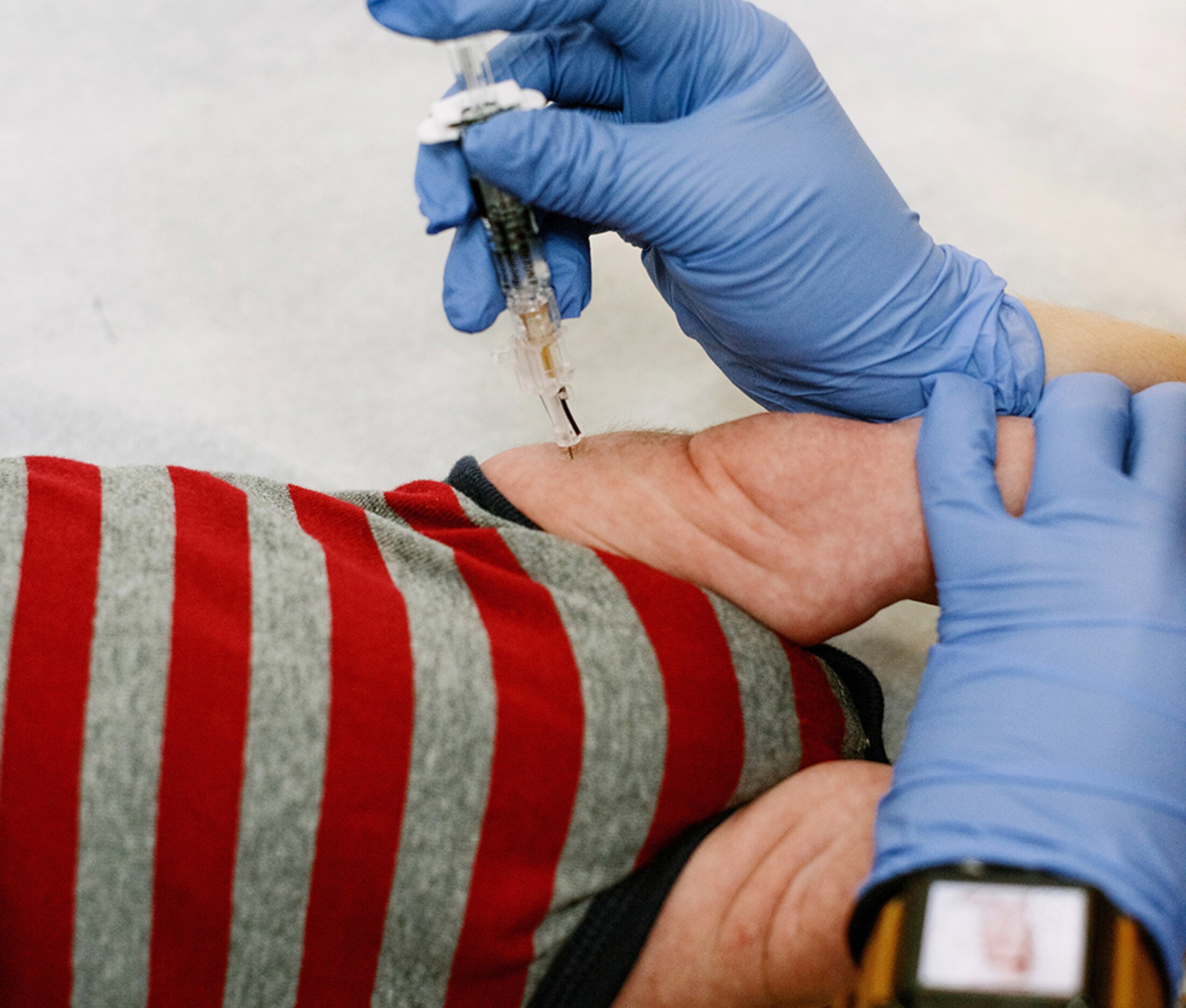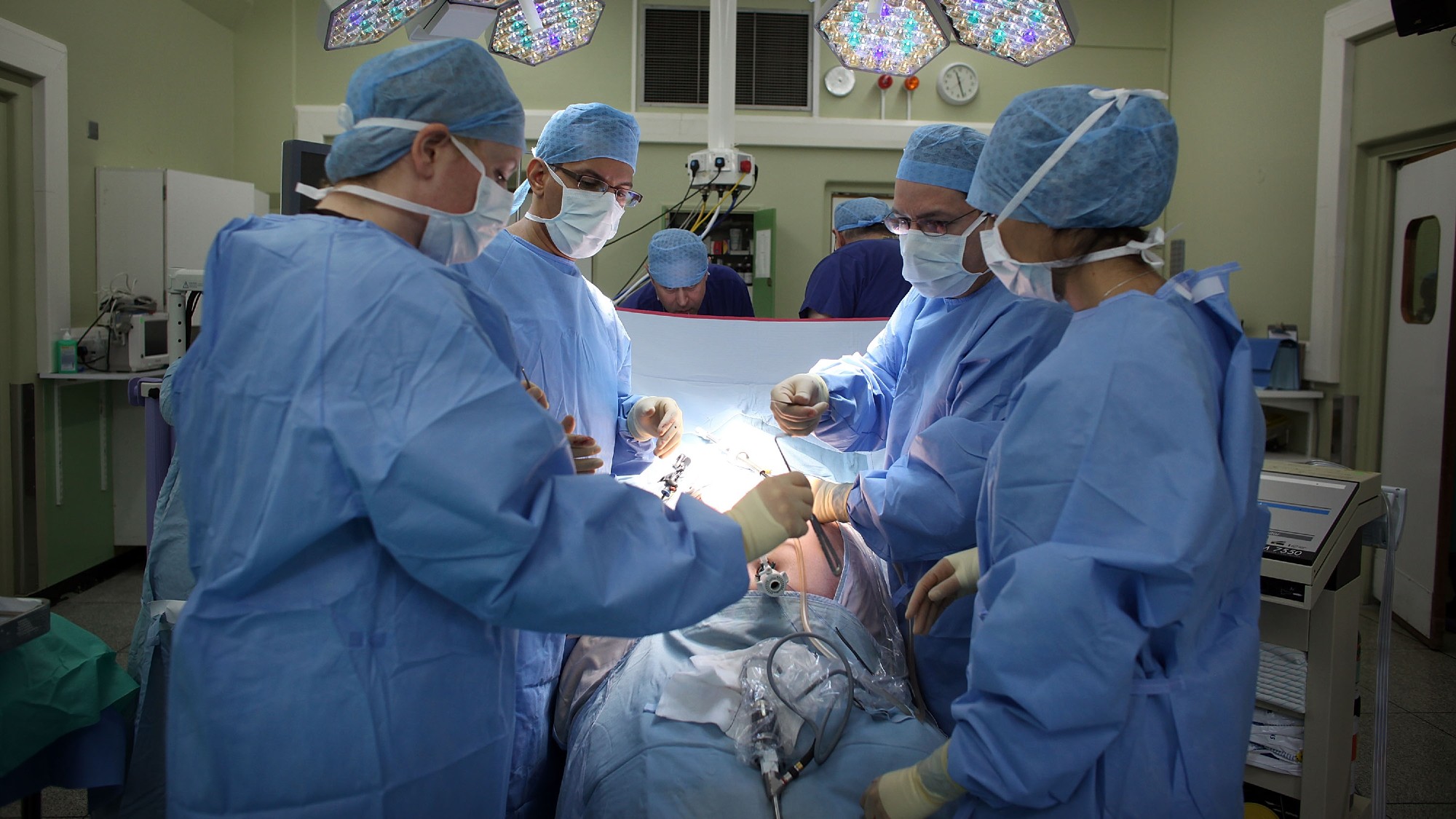Flame retardants found in black plastics could have health consequences
Time to replace your kitchen tools


Black plastics often contain particularly high levels of flame retardants, according to a new study. The chemicals are often used in electronics, but recycling has brought them to products that should not have them. There is no safe level of flame retardant consumption, and the findings point to the uncertainty of plastic recycling as well as the overwhelming use of plastic in daily life.
Plastic poisons
A study published in the journal Chemosphere found an alarming level of flame retardants in black plastic kitchen tools, along with children's toys and food containers. The most concerning flame retardant found was decabromodiphenyl ether (decaBDE), banned by the U.S. Environmental Protection Agency (EPA) in 2021. Flame retardants (FRs) have been linked to carcinogenicity, endocrine disruption, neurotoxicity and reproductive and developmental toxicity. "It was especially concerning that they found retardants that aren't supposed to be used anymore," Linda Birnbaum, toxicologist and former director of the National Institute for Environmental Health Sciences and the National Toxicology Program, said to CNN. "I would recommend not using black plastic for food contact materials or buying toys with black plastic pieces." While the study only looked at black plastic, most commonly used in electronics manufacturing, more research is needed to determine whether the risk is the same in other plastics.
Flame retardants are largely used in plastics used in electronic products. "Electronic products are unique because they have a potential ignition source generated by the essential components of the product — circuit boards, transformers, batteries, connectors and many other components," said the American Chemistry Council. In those circumstances, the FRs are beneficial, potentially preventing devastating fires. However, ingesting the chemicals is a different story. "These results clearly demonstrate that flame retardant-containing electronics, such as the outer casings of large TVs, are being recycled into food storage containers and utensils," Heather Stapleton, a professor at Duke University said in a release about the study. "While it's critical to develop sustainable approaches when addressing our plastic waste stream, we should exert some caution and ensure we're not contributing to additional exposures to these hazardous chemicals in recycled materials."
The Week
Escape your echo chamber. Get the facts behind the news, plus analysis from multiple perspectives.

Sign up for The Week's Free Newsletters
From our morning news briefing to a weekly Good News Newsletter, get the best of The Week delivered directly to your inbox.
From our morning news briefing to a weekly Good News Newsletter, get the best of The Week delivered directly to your inbox.
No safe plastics
The presence of FRs in non-electronic products can be attributed to faulty plastic recycling systems. "Much of the country's plastic waste ends up in landfills, some of it is recycled," said The Washington Post. "Of recycled plastics, there is no guarantee that the plastic is free of harmful chemicals." In addition, experts are "not aware of any safe level of brominated flame retardants," Leonardo Trasande, a professor of pediatrics and population health at NYU Langone Health, said to CNN. Despite this, some argue the risk is overstated. "Manufacturers conduct rigorous research and risk assessments to ensure that flame retardants do not pose significant health risks to consumers," The American Chemistry Council's North American Flame Retardant Alliance said in a statement.
Many experts say avoiding plastic in general can be the best for human health. Many plastics contain bisphenol A and phthalates, which are endocrine disruptors. Heating plastic in a microwave can also cause more chemicals to leach into foods. Microplastics have also been found in almost every corner of the planet including inside the human body. "Replace your plastic kitchen utensils with stainless steel options or choose plastic-free items to help reduce your overall exposure to harmful additives and plastic," Megan Liu, science and policy manager for the environmental group Toxic-Free Future and lead author of the study, said to CNN. "Some manufacturers also have strong policies about removing retardants from their products, so you can also be a careful shopper."
A free daily email with the biggest news stories of the day – and the best features from TheWeek.com
Devika Rao has worked as a staff writer at The Week since 2022, covering science, the environment, climate and business. She previously worked as a policy associate for a nonprofit organization advocating for environmental action from a business perspective.
-
 A luxury walking tour in Western Australia
A luxury walking tour in Western AustraliaThe Week Recommends Walk through an ‘ancient forest’ and listen to the ‘gentle hushing’ of the upper canopy
-
 What Nick Fuentes and the Groypers want
What Nick Fuentes and the Groypers wantThe Explainer White supremacism has a new face in the US: a clean-cut 27-year-old with a vast social media following
-
 5 highly amusing cartoons about rising health insurance premiums
5 highly amusing cartoons about rising health insurance premiumsCartoon Artists take on the ACA, Christmas road hazards, and more
-
 A fentanyl vaccine may be on the horizon
A fentanyl vaccine may be on the horizonUnder the radar Taking a serious jab at the opioid epidemic
-
 Health: Will Kennedy dismantle U.S. immunization policy?
Health: Will Kennedy dismantle U.S. immunization policy?Feature ‘America’s vaccine playbook is being rewritten by people who don’t believe in them’
-
 Choline: the ‘under-appreciated’ nutrient
Choline: the ‘under-appreciated’ nutrientThe Explainer Studies link choline levels to accelerated ageing, anxiety, memory function and more
-
 How music can help recovery from surgery
How music can help recovery from surgeryUnder The Radar A ‘few gentle notes’ can make a difference to the body during medical procedures
-
 Vaccine critic quietly named CDC’s No. 2 official
Vaccine critic quietly named CDC’s No. 2 officialSpeed Read Dr. Ralph Abraham joins another prominent vaccine critic, HHS Secretary Robert F. Kennedy Jr.
-
 More adults are dying before the age of 65
More adults are dying before the age of 65Under the radar The phenomenon is more pronounced in Black and low-income populations
-
 Ultra-processed America
Ultra-processed AmericaFeature Highly processed foods make up most of our diet. Is that so bad?
-
 The plant-based portfolio diet invests in your heart’s health
The plant-based portfolio diet invests in your heart’s healthThe Explainer Its guidelines are flexible and vegan-friendly
